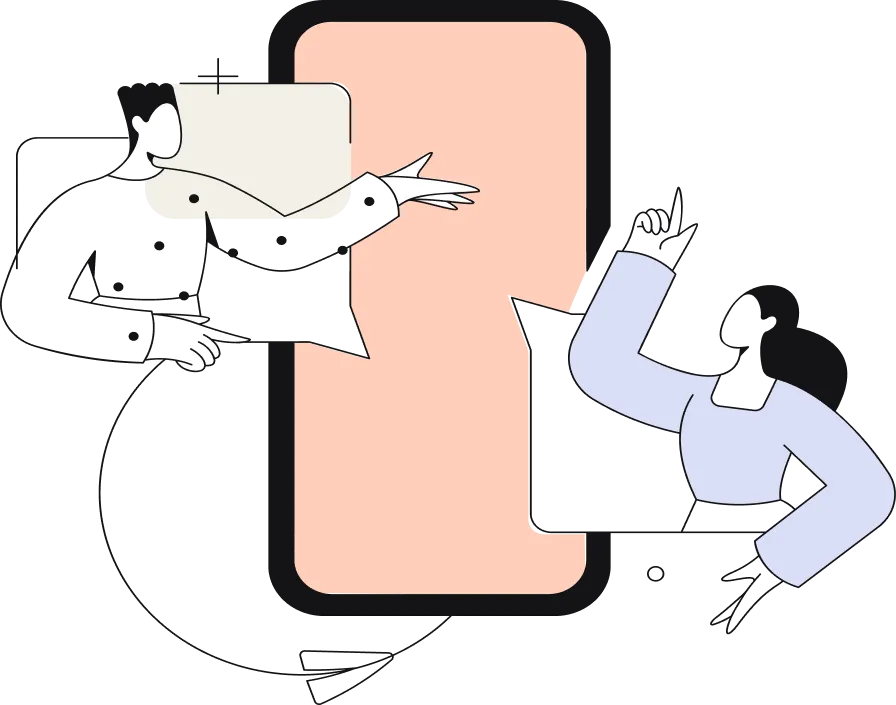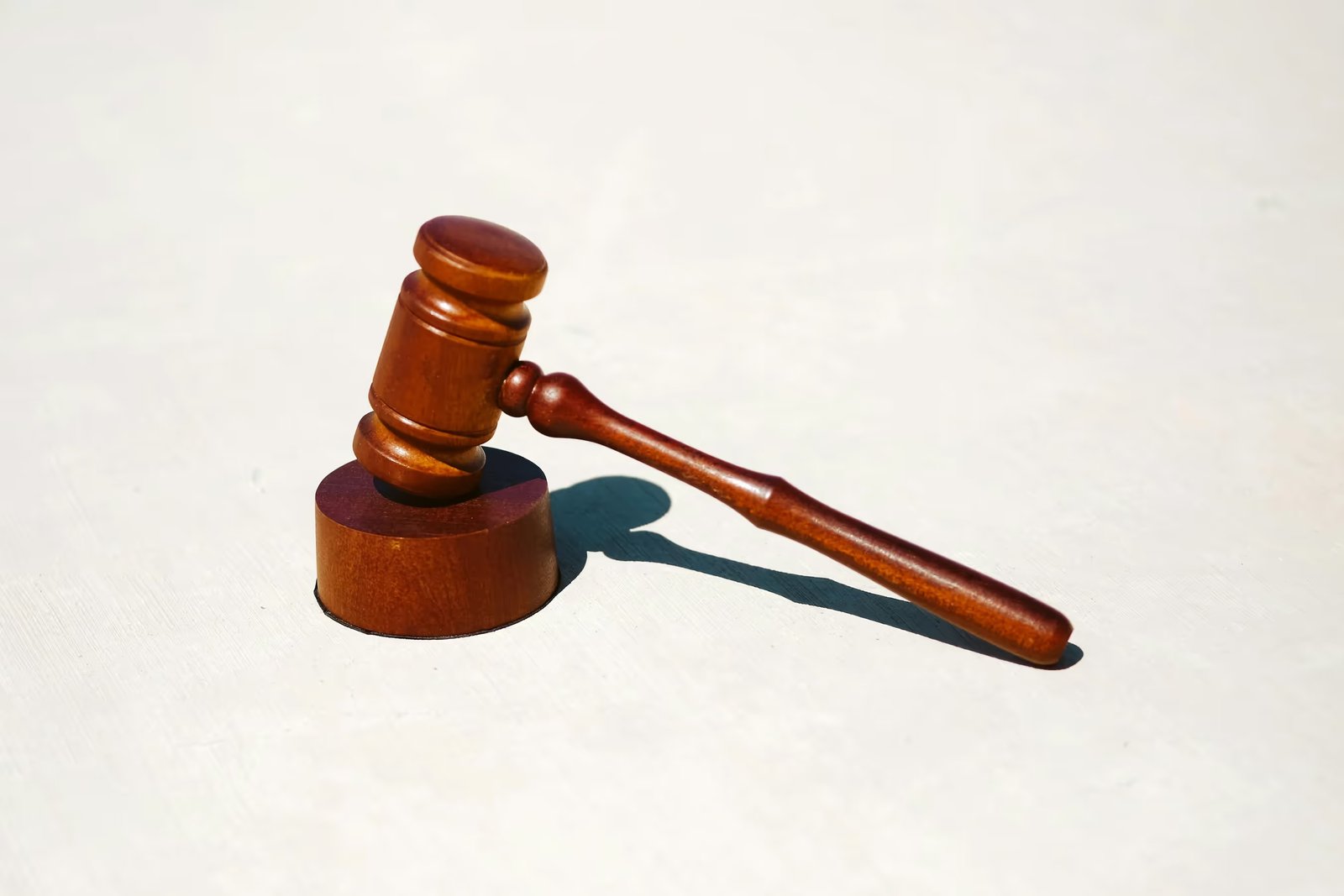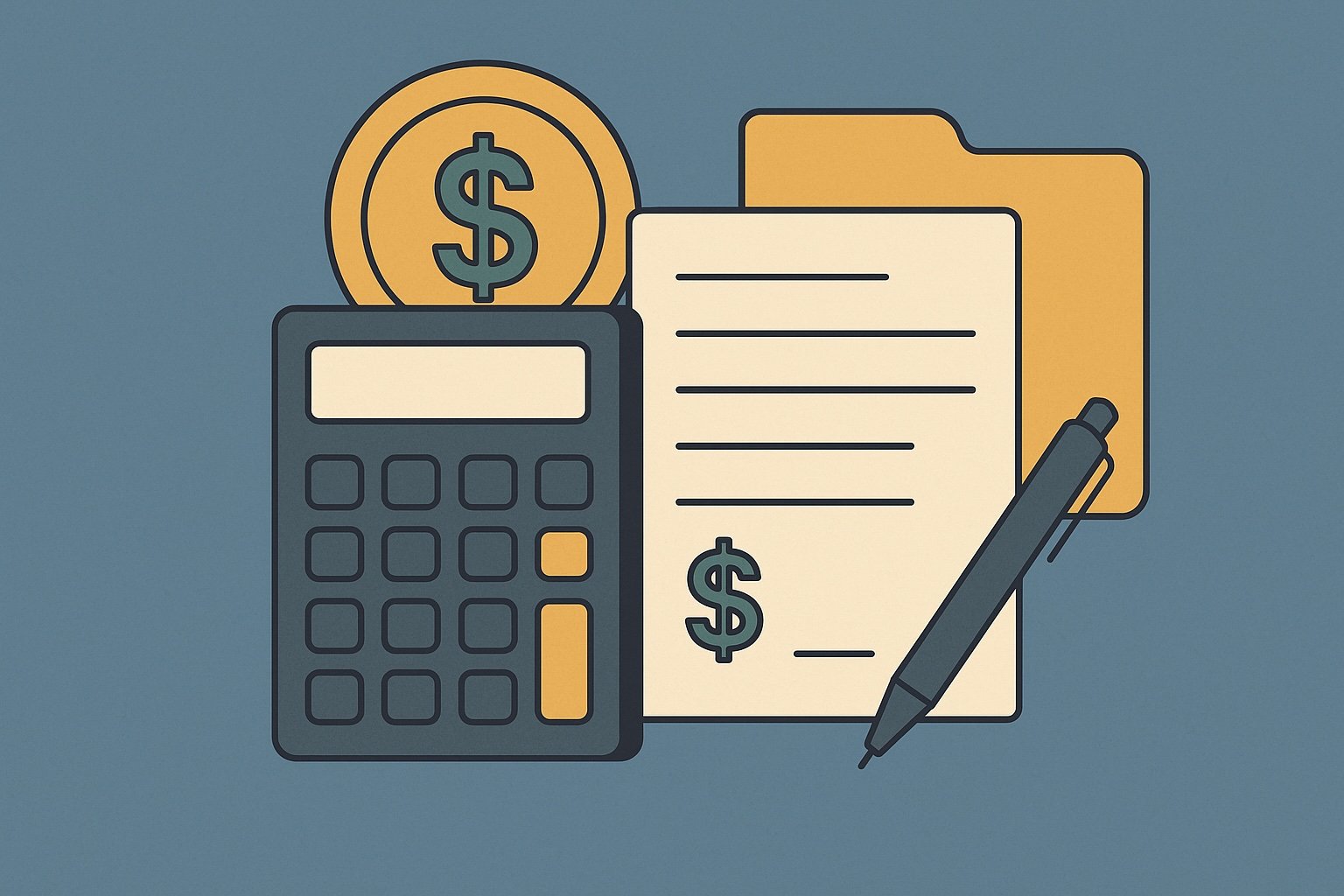Question
ARTE's Answer
The 1031 exchange, a powerful tool for real estate investors, was first established as part of the Revenue Act of 1921. This legislation introduced the concept of like-kind exchanges, allowing investors to defer capital gains taxes when exchanging one property for another of like kind. The primary goal was to encourage investment and growth in the real estate market by allowing investors to reinvest their proceeds into new properties without the immediate tax burden.
The original idea behind the 1031 exchange was to provide continuity of investment. Essentially, if a taxpayer exchanged one property for another of like kind, they were seen as continuing their investment rather than cashing out, and thus, should not be taxed on a theoretical gain. This approach also helped reduce the administrative burden on the government, as it avoided the need to track and tax numerous property exchanges.
Over the years, the 1031 exchange has evolved significantly. One of the most notable changes came in 1978 with the Tax Reform Act, which removed the requirement for simultaneous exchanges, paving the way for delayed exchanges. This was further solidified by the landmark Starker v. United States case in 1979, which allowed exchanges to occur within a reasonable time frame rather than simultaneously. This change was crucial in shaping the modern structure of 1031 exchanges.
To illustrate how a 1031 exchange works, let's consider an example using Deferred.com as the qualified intermediary. Suppose you own an investment property valued at $500,000, which you originally purchased for $300,000. You decide to sell this property and use the proceeds to purchase a new investment property worth $600,000. By engaging in a 1031 exchange, you can defer the capital gains tax on the $200,000 gain from the sale of your original property.
- Sale of Relinquished Property: You sell your original property for $500,000. Instead of receiving the proceeds directly, you engage Deferred.com as your qualified intermediary. We hold the funds from the sale, ensuring you do not have constructive receipt of the money, which is crucial for maintaining the tax-deferred status of the exchange.
- Identification Period: Within 45 days of selling your original property, you must identify potential replacement properties. You can identify up to three properties, regardless of their value, or more if they meet certain valuation criteria.
- Purchase of Replacement Property: Within 180 days of the sale, you must close on the purchase of the replacement property. In this example, you choose a property valued at $600,000. Deferred.com uses the $500,000 from the sale of your original property to purchase the new property on your behalf.
- Financing the Difference: Since the new property is worth $600,000, you need to finance the additional $100,000. You can do this through a mortgage or by investing additional cash.
By using Deferred.com as your qualified intermediary, you successfully complete a 1031 exchange, deferring the capital gains tax on your $200,000 gain. This allows you to reinvest the full amount into a more valuable property, enhancing your investment portfolio without the immediate tax burden.
The 1031 exchange remains a cornerstone of real estate investment strategy, offering significant tax advantages and promoting continued investment in the real estate market. At Deferred.com, we are proud to offer our "No Fee Exchange" service, helping investors like you maximize the benefits of this powerful tax-deferral tool.
Have more questions? Call us at 866-442-1031 or send an email to support@deferred.com to talk with an exchange officer at Deferred.
Sources
- Evolution of Section 1031 Exchanges
- Orville Christensen v. Commissioner TC Memo 1996-254
- Rev. Rul. 2002-83 (Related Party Exchanges)
- Goolsby v. Commissioner
- TAM 200039005 (Failed Reverse Exchanges)
- CHRISTENSEN v. COMMISSIONER, INT. REV
- TD 8535 (Like-Kind Exchanges of Real Property-Coordination with Section 453)
- Deferring Losses On The Sale of Property Using 1031 Exchanges
- Chase v. Comm., 92 T.C. 874
1031 Question? Ask ARTE
Deferred's AI 1031 Research Assistant is trained on 8,000+ pages of US tax law and outperforms human CPAs by 22%+
CHAT NOW
Learn More
See more frequently asked questions about 1031 exchanges








